Gridcoin GPU mining (5): Looking at the Sky
Gridcoin - crypto mining through computational science
Welcome to the fifth installment of Gridcoin GPU mining series, continuing our exploration into the world of computational science, done through BOINC network and rewarded through Gridcoin - a cryptocurrency mined through scientific research.
The science - Gamma-ray and Radio pulsar search
In my last article, I wrote about Einstein@home BOINC project and their breakthrough efforts to detect fast spinning neutron stars through continuous gravitational emissions. However, there are other ways to detect neutron stars, besides gravitational waves. Despite their name, neutron stars usually have very strong magnetic fields which accelerate all electrons in their vicinity to velocities close to the speed of light, producing high-energy emissions observable from radio to gamma-ray wavelengths. Such emissions are usually strongest above the neutron star's magnetic poles, producing very recognizable cone-shaped beams of electromagnetic radiation.
A highly magnetized, fast-rotating neutron star emits a conical beam of electromagnetic radiation (often called a pulse). This radiation can be recorded and observed when the beam of emission is pointing toward Earth. Such "pulsating stars" are usually referred to as pulsars.
Besides searching for gravitational waves, Einstein@home is also analyzing data from Arecibo Observatory, Parkes Observatory and Fermi Gamma-ray Space Telescope, searching for such pulsars in the electromagnetic spectrum.
Parkes radio-telescope observatory in Australia
Compared to the quest for gravitational waves, this is certainly a more conventional search, but nevertheless an enormous computational challenge. So far, 31 new binary radio-pulsars have been discovered in Arecibo data, 24 binary radio-pulsars in Parkes data and 18 new gamma-ray pulsars have been discovered in Fermi Space Telescope data, greatly advancing the overall understanding of these stellar objects. Additionally, such pulsars are a continuous source of gravitational waves (especially binary systems) and are potential candidates for future targeted gravitational wave searches (like S6CasA which ran in 2014. and targeted supernova remnants in the constellation Cassiopeia).
Einstein@home is looking for pulsars in binary systems (two pulsars orbiting one another, as depicted in this GIF animation, or pulsar plus an ordinary companion star). Since we see most of such binary systems from the side or inclined, their signal is usually 'smeared' and harder to distinguish from the background noise. Einstein@home and distributed computing arrive to the rescue, analyzing huge amount of data from various radio-observatories across the world, scanning the electromagnetic spectrum for such hard to detect, smeared signals. Two such massive celestial bodies rotating around each other at a relatively close distance are also a likely source of continuous gravitational waves.
PSR J1913+1102
Just recently, in December 2016, two lucky Einstein@home volunteers (Uwe Tittmar from Germany and Gerald Schrader from the US) discovered one such binary system named PSR J1913+1102 - two massive neutron stars orbiting one another in less than five hours (that's considered a very tight orbit), almost 25 000 light years away from Earth. Such double neutron star systems are very rare, and unique for fundamental physics, enabling measurements that would be impossible to obtain otherwise - literally a 'golden mine' for physicists.
As mentioned before, Einstein@home has discovered a total of 55 different radio pulsars, but PSR J1913+1102 is considered to be its most significant detection so far. You can read more about it here: Home computers discover a record-breaking pulsar-neutron star system.
Deciphering the name: PSR=Pulsar, J=so called Julian epoch, 1913=Right Ascension, 1102=Declination. Long story short, these numbers tell us where is this particular celestial object located on our sky. Through this interactive map, you can find out that this pulsar is roughly located in the Aquila constellation:
The Aquila constellation, best seen in the northern summer sky. It is located along the Milky Way and because of this location (along the line of our Galaxy), many clusters, pulsars, nebulae and other interesting celestial objects are found within its borders - not surprisingly, because the stellar density is much higher there (depicted with shades of blue on this image).
The discovery
So, what actually happens when you compute for Einstein@home and happen to discover one such pulsar? Well, after the workunit containing such an important signal is crunched through BOINC on your machine, the results are uploaded to Einstein@home servers where they are double-checked and analyzed even further. If such an analysis indeed confirms that your device found the signal with highest statistical significance, you will receive an e-mail from Prof. Bruce Allen, Director of Einstein@home (on e-mail address with which you registered on BOINC in the first place). In late 2011. I was lucky enough to discover one (less significant) pulsar, so here is what I got:
Dear Vortac,
In the last days we have confirmed that Einstein@Home has discovered a new radio pulsar. I'm happy to tell you that your computer was one of the two which discovered this new pulsar with highest significance.
We will put a news item on the Einstein@Home front page about this very soon. If you agree, I would like to acknowledge you by your real name, so would be very grateful if you could write back to me. We are still investigating this system, but will eventually publish the discovery in a scientific publication. I'd also like to ask permission to acknowledge you by name in the scientific publication. Once the publication is out, I will also send you a nice certificate of appreciation.
Please let me know how you would like to have your name appear on the certificate, and send me your mailing address. Similarly, if we can acknowledge you by name in our web-page news item and in the publication, please tell me how you would like your name to appear there.
Since we started Einstein@Home more than six years ago, we have sent out more than 100 million workunits. The odds of receiving a 'discovery workunit', as you have, are similar to those of winning a big national lottery. So congratulations, and thanks for supporting Einstein@Home!
Sincerely,
Bruce Allen
Director, Einstein@Home
Few weeks later, I received this parcel from Deutsche Post:
Well, you don't receive a certificate from Albert Einstein Institute every day! Even my postman seemed a bit perplexed when he delivered this parcel to me. So, I took this picture back then and kept it for bragging purposes :) The stamp near the top says "Exempt from customs duty" :)
Inside the package, there were two framed discovery certificates (one in English and one in your native language, depending on the country you live in), plus a personal letter from Prof. Bruce Allen.
This is how the framed discovery certificate looks like. Decent quality wooden frame with a glass cover, and a discovery certificate underneath (with some basic info about the pulsar you discovered). Signed are Prof. Bruce Allen, Director, Einstein@Home and Prof. James Cordes, Chair, Arecibo PALFA Consortium. Would certainly look nice on your wall too :)
A letter of appreciation from Prof. Dr. Bruce Allen
And that's not all yet. Einstein@home is regularly publishing details about its discoveries in The Astrophysical Journal, The Astrophysical Journal Letters and Physical Review. In every publication, volunteers who have discovered the pulsars are honored by their names (or nicknames, or not at all, if you choose so).
More important discoveries, like PSR J1913+1102 (double neutron star binary mentioned before) are published in The Astrophysical Journal, a very prestigious scientific publication, along with the names of volunteers who had made the most important contributions. Many scientists work for years to be able to publish their findings in The Astrophysical Journal, so this is a nice recognition indeed. This screenshot was taken from The Astrophysical Journal 831:150 issued on November 10, 2016. PDF version is available here.
The hardware
So, you are asking yourself now, what hardware is needed to make all these nice discoveries? Well, almost any CPU or GPU will do. Both Gamma-ray pulsar and radio-pulsar searches have CPU and GPU applications, supporting CUDA, OpenCL, Linux, Windows, Mac OS... everything.
GPU applications are of course the fastest and most powerful. FP32 or single precision is used only, so even consumer graphic cards designed for gaming will yield excellent performance. Fastest computer currently contributing to Einstein@home is equipped with 8 AMD Fiji GPUs and running 24/7, so the competition is tough :)
Einstein@home comes with an interesting Starsphere Screensaver, showing some info about the workunit you are currently processing. The crosshair (Search Marker) represents the position in the sky which is being searched. This marker will move from point to point as the search progresses.
Both your CPU and GPU are busy mining latest Proof-of-Work scheme? Don't worry, because an Android application is also available, for radio-pulsar search. Yes, you can run Einstein@home (and mint Gridcoins in turn) even with your Android device. Obviously, your contribution will be very small compared to a modern GPU, but there are literally billions of active Android devices in the world now, so the potential for some massive computational power is clearly there. Remember, Einstein@home, BOINC (and Gridcoin) are all about distributed computing i.e. plenty of small devices working together, achieving important things in the end. Even an old Android smartphone, crunching Einstein@home only while charging, can contribute a lot of computing time over a year or two. And a collective created by thousands of smartphones can be faster than a single desktop computer, even with today's technology.
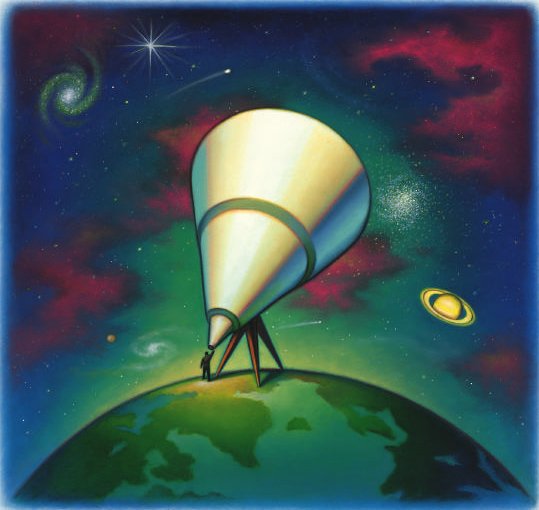
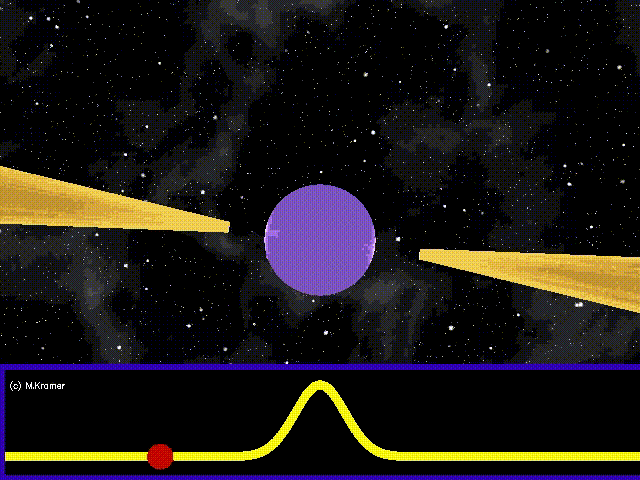
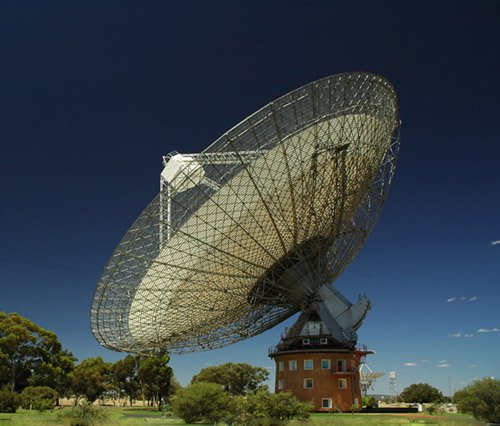
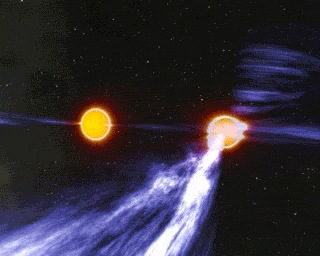
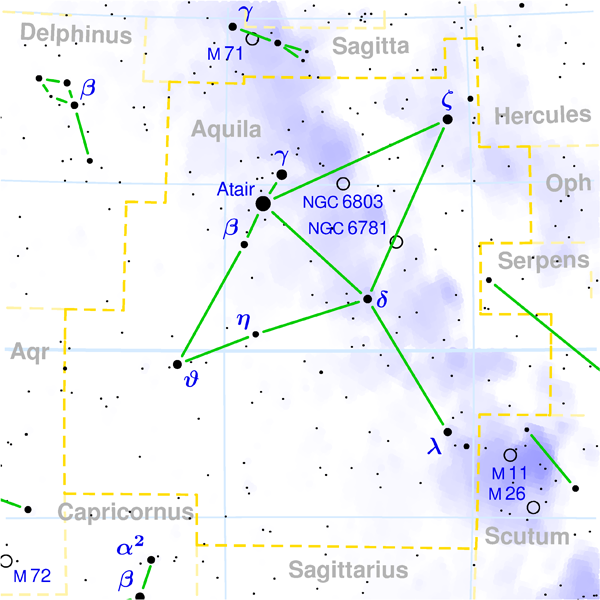
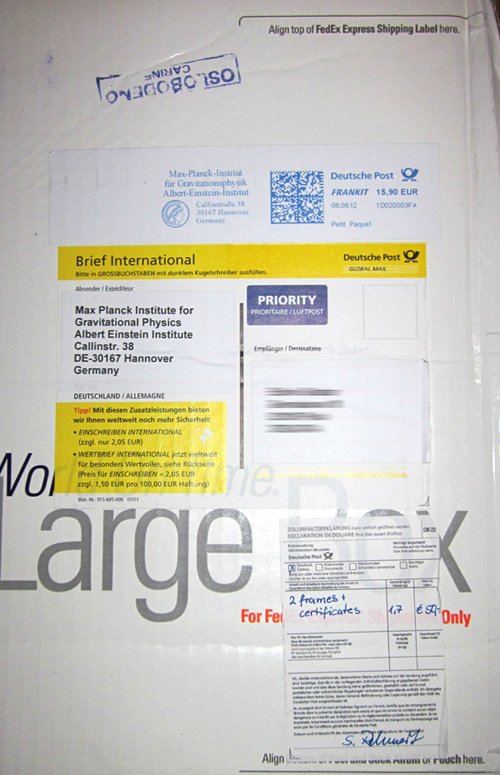
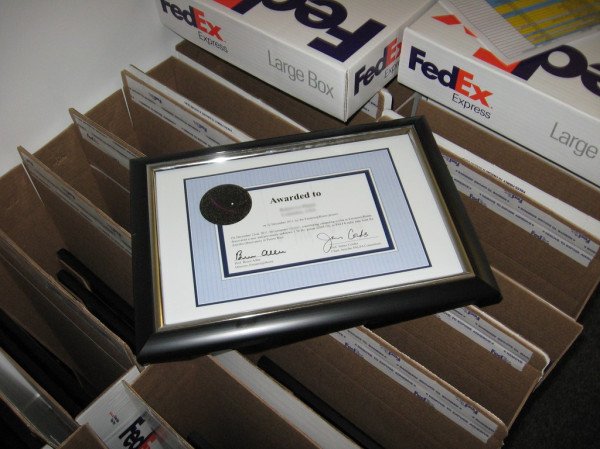
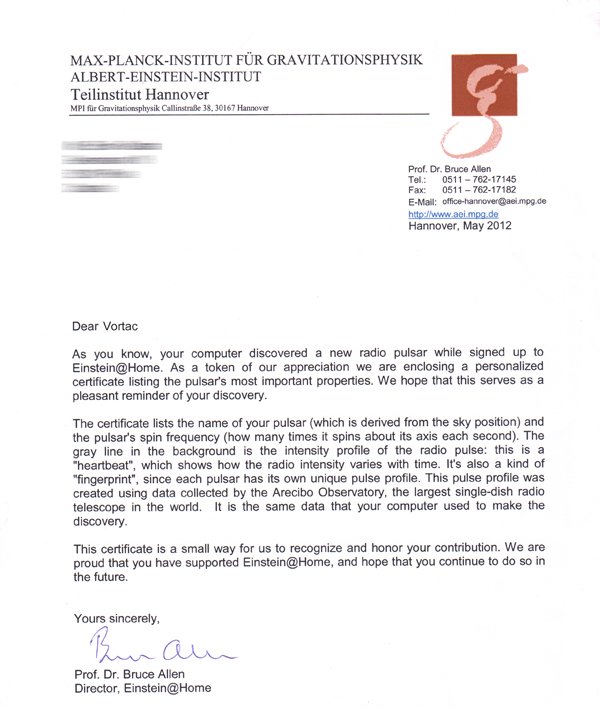
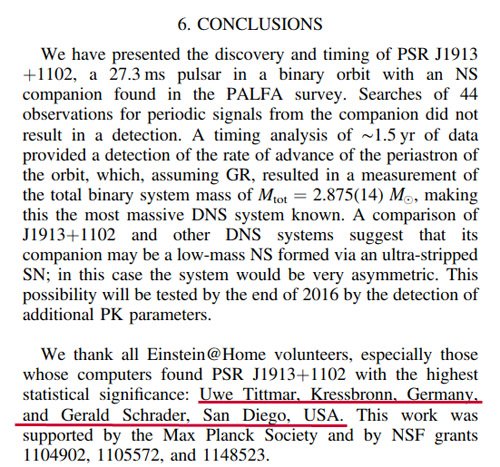
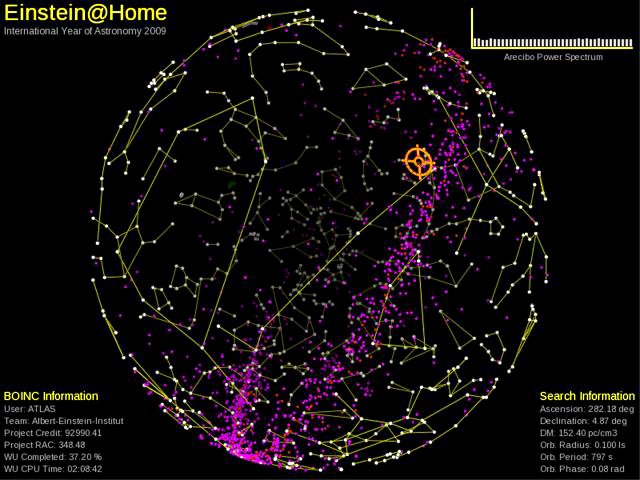

This post has been ranked within the top 80 most undervalued posts in the second half of Jan 05. We estimate that this post is undervalued by $6.04 as compared to a scenario in which every voter had an equal say.
See the full rankings and details in The Daily Tribune: Jan 05 - Part II. You can also read about some of our methodology, data analysis and technical details in our initial post.
If you are the author and would prefer not to receive these comments, simply reply "Stop" to this comment.
Upvoted and resteemed. I've been a seti@home participant since May, 1999 a BOINC user since the beginning and an einstein@home participant since January 2005. No offense to steem but gridcoin is still my favorite cryptocurrency :)
Thats's some impressive length of service with distributed computing. I joined SETI@home in September 1999. and I am always content when I find fellow longtimers here.
I haven't been fortunately enough for one of my machines to find anything via einstein@home yet but there's always tomorrow...or I'll take winning the lottery, that works too :)
Mostly I participate in seti, einstein and rosetta and started with gridcoin a year or so ago.
[Join us on #steemSTEM]
Thanks a lot for sharing with the Steemit community information on how cryptocurrencies and science can do a good job together!
As a bonus, and in addition to resteeming for exposure, we are awarding you a small 10 Steem Power deposit as a thank you for creating quality STEM related postings on Steemit. We hope you will continue to educate us all!
Thank you very much for your award, I really appreciate it! By now, I am running out of discoveries, but there are still plenty of BOINC projects left to write about, so new articles are definitely in the pipeline :)
I just read the AMDs new Vega will have big FP32/16 precision. AMD said.
True, AMD is promising 12.5 TFLOPS in FP32 for Vega! For comparison, that was the peak speed of fastest supercomputers in 2000-2001.
https://en.wikipedia.org/wiki/History_of_supercomputing
How times have changed.. BOINC launched in 2003, who would've seen computers coming this far? Who the hell knows how powerful computers are going to be in another 10 years time?! Exciting!
Hello,
My name is Mme leonie Duchet, I live in France. In short, I give my goods to an honest person in need. I suffer from a serious illness which condemns me to certain death, it is throat cancer, and I have a sum of 60,000 euros, of which I would like to make a donation to a person of trust and honesty so Make good use of it. I am the owner of a red oil import company in France, Finland, Belgium, Italy and Switzerland, and I lost my wife 6 years ago. I was able to remarry to this day, we had no children. I would like to make this sum a gift before my death so that my days are counted for lack of this disease to which I had no remedy but a calming in Belgium I would like to know later if you can benefit from this gift?
Please answer me on this mail: [email protected]
Wow! Congratulations! And thanks for sharing the information on these sorts of projects!
Thanks, professor :)
I must admit I am not a scientist, so it was a bit of a challenge to write something like this. But right now, I find Steemit very well suited for posting such content, so despite large gaps in my knowledge of astrophysics, I tried to make an effort.
The postman must have thought you were some kind of Astrophysicist with that package.
Keep up the good work Vortac, both for BOINC and Gridcoin!
Congradulations @vortac! Keep up the crunching! :)
Did they mention Gridcoin on their website when announcing your discovery?
It was in 2012. so before Gridcoin. But at Einstein@home, they never mention team allegiances when they announce new discoveries. PrimeGrid does, but only for very large prime-numbers and I haven't discovered any of these yet.
Here is one such announcement from PrimeGrid, involving another cruncher from team Gridcoin:
http://www.primegrid.com/forum_thread.php?id=6630#91772
Ah, gotcha. Pretty cool that PrimeGrid acknowledged team Gridcoin at least.
wow
I confund that you talk about space, science and crypto in the same post, that the 3 are complexe, in english (Aarrgh ! ;) It seems really interesting but to hard to read in english for me. I tried and so many world miss on my vocabulary (French native speaker..). Maybe if you speak french and make in this language... See you
Here, maybe this will help a little :)
https://fr.wikipedia.org/wiki/Gridcoin
Ah ouai c'est déjà bien plus clair. Un bon topo merci ;) Tain mais c'est vachement bien foutu et intéressant. Poussé le délire. Merci encore pour le lien, j'avais pas pensé à Wikipedia la pour le coup... Bon dimanche
Merde.. Thanks that's much more clear. Explains well. That's such well done, really interesting and smart way to make participe to the research. Thanks again for the link, I didn't though to use Wikipedia this time.. Great Sunday